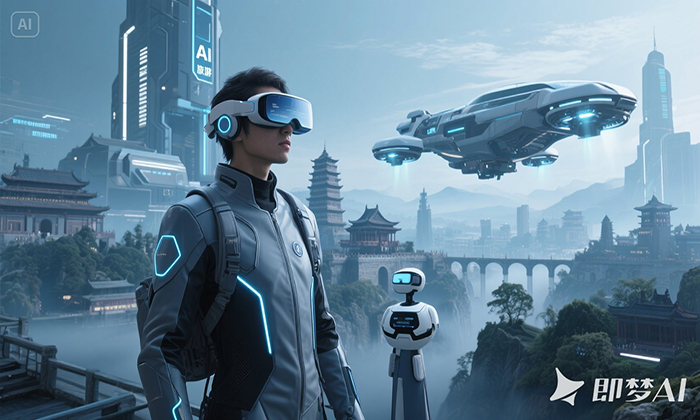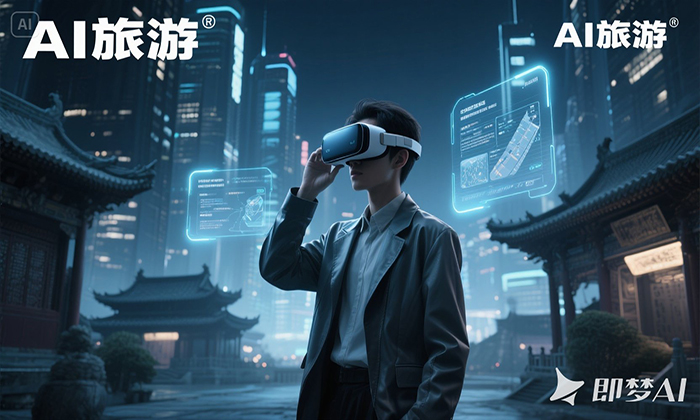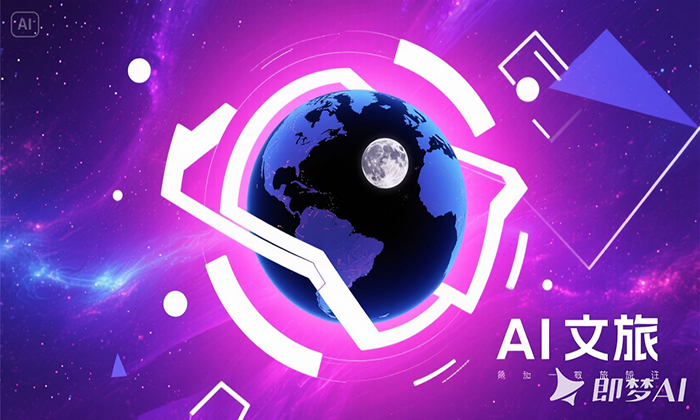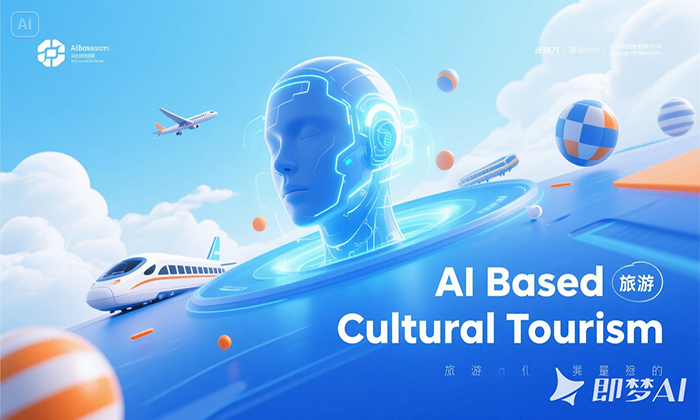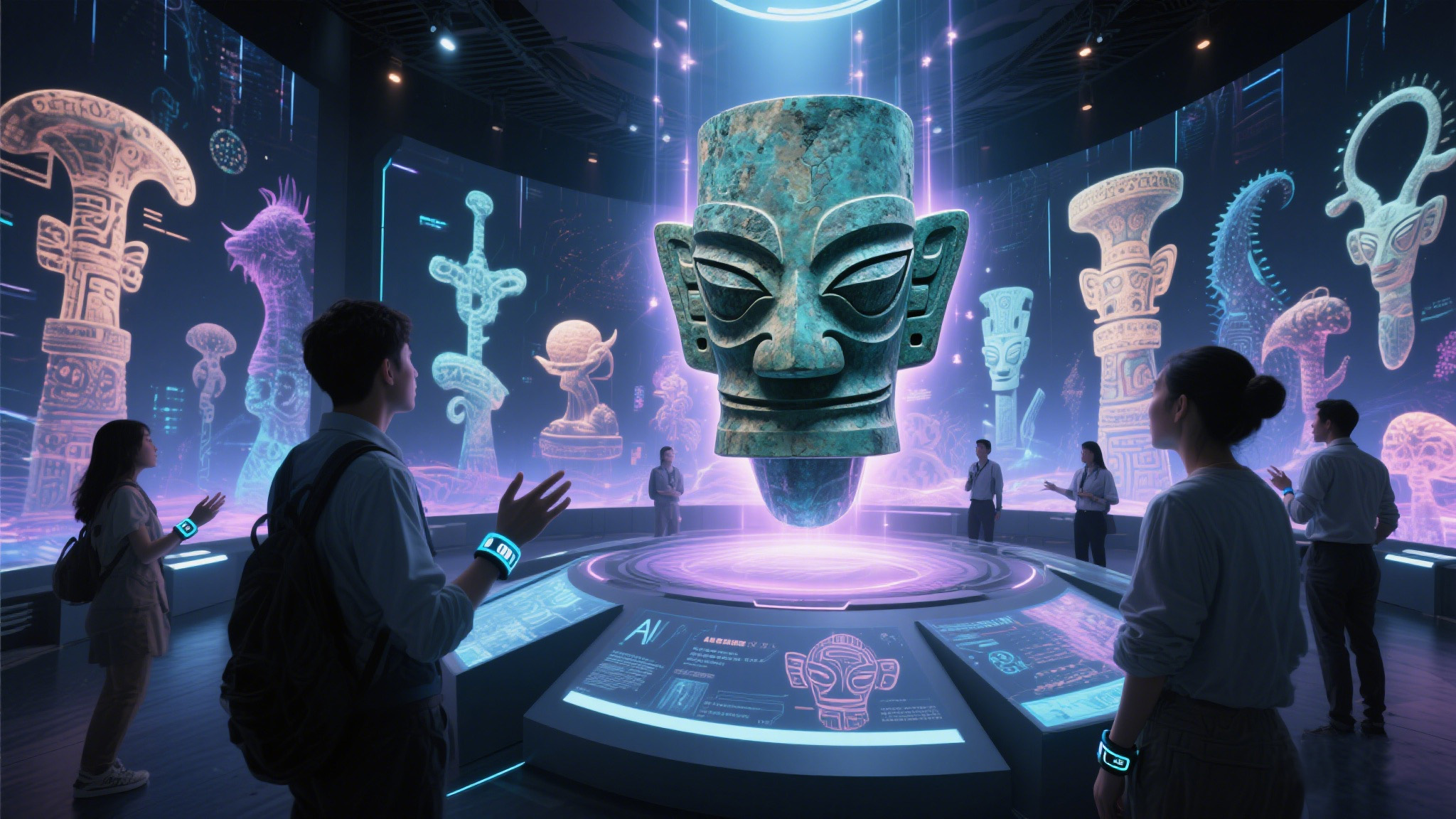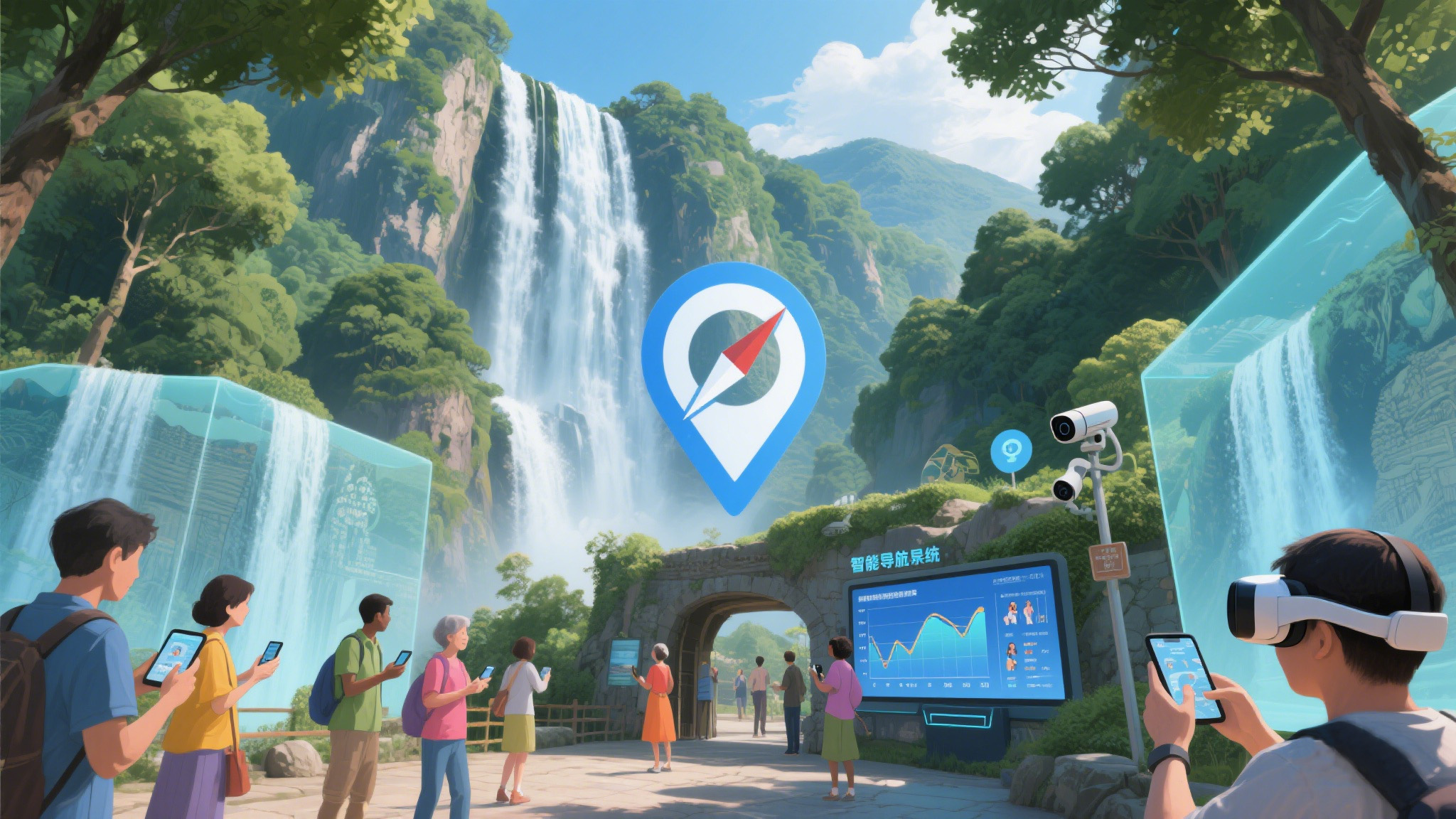AI: Revolutionizing the Landscape of Cultural Tourism
知秋 2025-05-30
In an era defined by rapid technological advancements, artificial intelligence (AI) has emerged as a game - changer across various industries, and cultural tourism is no exception. The convergence of AI and cultural tourism is breathing new life into the way we explore, experience, and preserve the world's rich cultural heritage.
In an era defined by rapid technological advancements, artificial intelligence (AI) has emerged as a game - changer across various industries, and cultural tourism is no exception. The convergence of AI and cultural tourism is breathing new life into the way we explore, experience, and preserve the world's rich cultural heritage.
Transforming Travel Planning with AI
Gone are the days of sifting through countless travel blogs and guidebooks to plan a trip. AI has made travel planning more personalized and efficient. Travelers can now use AI - powered travel platforms that analyze their past travel data, preferences, and even social media activity to suggest destinations, itineraries, and attractions that align with their interests. For example, if a traveler has a penchant for historical architecture and local cuisine, the AI algorithm can recommend a city break to a destination like Prague, Czech Republic, and create a detailed itinerary that includes visits to iconic historical sites, such as Prague Castle, and local eateries famous for traditional Czech dishes.
Immersive Experiences at Cultural Heritage Sites
One of the most exciting applications of AI in cultural tourism is in enhancing the visitor experience at cultural heritage sites. Augmented reality (AR) and virtual reality (VR), often powered by AI, are being used to create immersive experiences that transport visitors back in time. At historical landmarks, AR - enabled mobile apps can overlay digital reconstructions of what the site may have looked like centuries ago, allowing visitors to visualize the past while standing in the present. For instance, at the ancient ruins of Pompeii in Italy, visitors can use their smartphones to see how the city looked before the eruption of Mount Vesuvius in 79 AD, with AI - generated 3D models of buildings, people, and daily life in Pompeii.
VR technology is also being used to create virtual tours of museums and cultural institutions. The Louvre Museum in Paris, for example, offers virtual tours that allow people from all over the world to explore its vast collection of artworks in a 360 - degree immersive environment. AI - powered voice guides provide detailed information about each exhibit, answering questions in real - time and offering additional context based on the user's interests.
Preserving Cultural Heritage with AI
AI is not only enhancing the visitor experience but also playing a crucial role in preserving cultural heritage. High - resolution imaging and 3D scanning technologies, combined with AI algorithms, are being used to create digital replicas of endangered cultural artifacts and historical sites. These digital copies can be used for research, education, and conservation purposes, ensuring that cultural heritage is preserved for future generations even in the face of natural disasters, war, or degradation.
In addition, AI can help in the restoration of damaged artifacts. By analyzing digital models of artifacts, AI algorithms can predict how they may have looked in their original state and assist conservators in the restoration process. This is particularly important for artifacts that have been damaged over time, such as ancient sculptures or paintings.
Challenges and Ethical Considerations
While the potential of AI in cultural tourism is vast, there are also challenges and ethical considerations to be addressed. One of the main concerns is data privacy. AI - powered travel platforms and apps collect a significant amount of user data to provide personalized services. It is essential that this data is collected, stored, and used in a transparent and secure manner, with users' consent.
Another challenge is the risk of over - reliance on technology. While AI - enhanced experiences can be highly engaging, there is a danger that they may overshadow the authentic, human - to - human interactions that are an important part of cultural tourism. For example, relying solely on virtual tours may reduce the incentive for people to visit cultural heritage sites in person, which could have a negative impact on local economies that rely on tourism.
The Future of AI in Cultural Tourism
Despite these challenges, the future of AI in cultural tourism looks bright. As technology continues to advance, we can expect to see even more innovative applications of AI in the industry. For example, AI - powered chatbots may become more sophisticated, providing travelers with real - time assistance in multiple languages and helping them navigate cultural differences.
AI may also play a role in promoting sustainable tourism. By analyzing data on tourism patterns, AI can help destinations manage visitor flows more effectively, reducing the environmental impact of tourism and ensuring the long - term sustainability of cultural heritage sites.
In conclusion, AI is revolutionizing the cultural tourism industry, offering new ways to explore, experience, and preserve the world's cultural heritage. While there are challenges to be overcome, the potential benefits of AI in cultural tourism are immense. As we move forward, it is important for the industry to embrace AI technology while also being mindful of the ethical and social implications, ensuring that cultural tourism remains a rich and rewarding experience for all.
Transforming Travel Planning with AI
Gone are the days of sifting through countless travel blogs and guidebooks to plan a trip. AI has made travel planning more personalized and efficient. Travelers can now use AI - powered travel platforms that analyze their past travel data, preferences, and even social media activity to suggest destinations, itineraries, and attractions that align with their interests. For example, if a traveler has a penchant for historical architecture and local cuisine, the AI algorithm can recommend a city break to a destination like Prague, Czech Republic, and create a detailed itinerary that includes visits to iconic historical sites, such as Prague Castle, and local eateries famous for traditional Czech dishes.
Immersive Experiences at Cultural Heritage Sites
One of the most exciting applications of AI in cultural tourism is in enhancing the visitor experience at cultural heritage sites. Augmented reality (AR) and virtual reality (VR), often powered by AI, are being used to create immersive experiences that transport visitors back in time. At historical landmarks, AR - enabled mobile apps can overlay digital reconstructions of what the site may have looked like centuries ago, allowing visitors to visualize the past while standing in the present. For instance, at the ancient ruins of Pompeii in Italy, visitors can use their smartphones to see how the city looked before the eruption of Mount Vesuvius in 79 AD, with AI - generated 3D models of buildings, people, and daily life in Pompeii.
VR technology is also being used to create virtual tours of museums and cultural institutions. The Louvre Museum in Paris, for example, offers virtual tours that allow people from all over the world to explore its vast collection of artworks in a 360 - degree immersive environment. AI - powered voice guides provide detailed information about each exhibit, answering questions in real - time and offering additional context based on the user's interests.
Preserving Cultural Heritage with AI
AI is not only enhancing the visitor experience but also playing a crucial role in preserving cultural heritage. High - resolution imaging and 3D scanning technologies, combined with AI algorithms, are being used to create digital replicas of endangered cultural artifacts and historical sites. These digital copies can be used for research, education, and conservation purposes, ensuring that cultural heritage is preserved for future generations even in the face of natural disasters, war, or degradation.
In addition, AI can help in the restoration of damaged artifacts. By analyzing digital models of artifacts, AI algorithms can predict how they may have looked in their original state and assist conservators in the restoration process. This is particularly important for artifacts that have been damaged over time, such as ancient sculptures or paintings.
Challenges and Ethical Considerations
While the potential of AI in cultural tourism is vast, there are also challenges and ethical considerations to be addressed. One of the main concerns is data privacy. AI - powered travel platforms and apps collect a significant amount of user data to provide personalized services. It is essential that this data is collected, stored, and used in a transparent and secure manner, with users' consent.
Another challenge is the risk of over - reliance on technology. While AI - enhanced experiences can be highly engaging, there is a danger that they may overshadow the authentic, human - to - human interactions that are an important part of cultural tourism. For example, relying solely on virtual tours may reduce the incentive for people to visit cultural heritage sites in person, which could have a negative impact on local economies that rely on tourism.
The Future of AI in Cultural Tourism
Despite these challenges, the future of AI in cultural tourism looks bright. As technology continues to advance, we can expect to see even more innovative applications of AI in the industry. For example, AI - powered chatbots may become more sophisticated, providing travelers with real - time assistance in multiple languages and helping them navigate cultural differences.
AI may also play a role in promoting sustainable tourism. By analyzing data on tourism patterns, AI can help destinations manage visitor flows more effectively, reducing the environmental impact of tourism and ensuring the long - term sustainability of cultural heritage sites.
In conclusion, AI is revolutionizing the cultural tourism industry, offering new ways to explore, experience, and preserve the world's cultural heritage. While there are challenges to be overcome, the potential benefits of AI in cultural tourism are immense. As we move forward, it is important for the industry to embrace AI technology while also being mindful of the ethical and social implications, ensuring that cultural tourism remains a rich and rewarding experience for all.







